Via Podiensis: On to Figeac!
We had a delightful breakfast in the gîte, complete with a bit of a piano performance by Andrea, our host. I ended up not leaving until about 8 o’clock in the morning. The weather was clear and cool.
The path out of town was clearly marked, and soon it was back to roadwalking by open fields. After passing through a herd of loud and disgruntled cows, the Camino left the road for a by now familiar uphill trek on a dirt and stone path through the trees. once again, I was walking up the dragon’s back.
Eventually the path got a little less steep, and it came out of the woods to wander between fields of stubble and plowed earth and eventually to an asphalt road uphill through a suburban neighborhood. It remarkably resembled the road I walked yesterday afternoon.
By this point I was already a sweaty mess. What is it about the Camino and uphill climbs right after breakfast?
Eventually the Camino turned onto a dirt road that was considerably more level, often with stunning views of the valleys below to either side. The road wound its way through field and forest, eventually turning off onto a wide path.
I passed through dairy farm just before 9 AM, and then it was back to roadwalking. soon after, I crossed into a new department of France, the Department of Lot. I will be spending quite a few days here
I soon came to the village of Montredon, a place full of the sounds and smells of cows. I was considering a second breakfast. I popped into the small chapel with a lovely 16th century Piéta and prayed a moment.
Then I came to the village church and discovered a pilgrim welcome room at the back, with coffee and pastries for a donation. It was lovely! The interior architecture of the church was stunning. Heavy Gothic arches culminated in a beautifully proportioned sanctuary and side chapels. I especially enjoyed the fact that high on either side of the sanctuary were statues of Saint Michael the Archangel on the one hand and Saint Joan of Arc on the other. A beautiful, beautiful church.
And then, it was back to roadwalking, at first downhill, and then back up again. and so it continued, up and down, through farmsteads and tiny villages, finally becoming a dirt and gravel road and then a rough dirt path again. As has been usual for the past few days, the cycle repeated itself several times during the day.
About 10:30, I stopped in a little chapel to Saint Mary Magdalene that dated from the 13th century (with some expansions in the 15th century). I prayed a moment, and then noticed a young pilgrim praying his breviary. It is a tiny, but remarkable place.
I’ve noticed increasing number of cornfields over the last few days. Growing up in the Midwest (albeit in Chicago), I always associate cornfields with broad flat prairie type lands. But here, they generally seem to be growing up the side of a hill, sometimes very a very steep hill, which just looks strange to me.
Another new feature of this section of the Camino is large irrigation ponds. I don’t think I’ve seen them before, and I passed several of them today, including a large one that was nearly drained.
Around noon, I arrived in the village of Saint Felix. I ran into Nina and Judy (one of the Australians) and we had a bit of a picnic lunch together. I visited the church, and curiously while Saint Felix is depicted, Sainte Radegonde seems to be the focus of devotion here. A solid old church in the Romanesque style, with more modern statuary and stained glass. I prayed as is my custom, and continued on the Way.
The rest of the day’s walk flew by, as Nina and I had some great conversations about the Camino, literature, and D&D. The terrain and walking surfaces were very similar to the morning, although there was one roadwalking downhill that was steep enough that I questioned its suitability for motor vehicles.
We arrived in the drab outskirts of Figeac about 2:30 and walked past the historic city center to find her gîte. This also happened to be one of the ones that I had emailed. Their response was basically “we’re full, but stop by anyway because you never know”. Well, I did, but there was no one there and there wouldn’t be until 4 PM.
New plan: find the tourist office and see if they could help. Nina accompanied me, both because she had lost her towel and hoped to be able to purchase a new one in the city center, but also because an Orangina sounded really good right now.
The tourist office fixed me up with a great place near the city center and also suggested a place to purchase a towel. We had an Orangina, and Ávila happened upon us and joined us. Then we went our separate ways. I ran to the post office to mail home some souvenirs and a guidebook whose use ended in Figeac. Then I went to the gîte to check in, shower, etc.
And then I set out to explore the city.
Figeac
First, I headed to the nearby abbey church of Saint Sauveur. I lost track of how many side chapels in shrines are in this magnificent Gothic achievement. The stained glass is exquisite. The altars at the side chapels appear to come from many different architectural phases and refurbishments. And again with Saint Michael on one side of the sanctuary and Saint Joan of Arc on the other. i’m beginning to suspect that there’s a story here.
The whole place was kind of overwhelming, but it is evident that over hundreds of years, thousands of masons, sculptors, and artists poured their hearts out into this temple of the Lord.
And then I found the chapel of reservation, where the Blessed Sacrament is kept, and again was completely overwhelmed but in a different way. It was not majesty here, but intimacy. Every inch of the chapel is decorated – and I know some might say over decorated – to the glory of Christ in the Eucharist. I could feel the presence of Jesus close to me. Despite the busyness of the art, the feeling of the place was undeniably that of calm and peace and beauty. I prayed Vespers in this chapel.
And then of course I had to run down to La place des Écritures. So a bit of background is probably an order. Jean-François Champollion was a native of Figeac. He famously cracked the code on the Rosetta Stone and successfully translated Egyptian hieroglyphics for the first time. There’s a museum here dedicated to him and his work, and there is also La place des Écritures, which contains, embedded in the floor of the square, a giant reproduction of the Rosetta Stone carved in black granite. I ran into some of the Australians, and one of them kindly got a photo of me sitting up on it.
Finally, I had to pay a visit to the church of Notre Dame Du Puy. There were stairs involved. My legs were not very happy with me.
I don’t know what I was expecting at this church, but its sanctuary is unlike anything I’ve ever seen. The entirety of it is carved in dark walnut wood, and it’s easily three stories high with larger than life figures of angels atop the side arches. It is full of detailed carvings of saints and seraphs, grapevines and garlands, and a thousand little details that stagger the imagination. In the center is a painting of the Assumption of the Blessed Virgin which I found quite moving. I just sat there a while in awe before my lips found the prayer my heart had been bursting with.
Time now, I think, to find some dinner.
Date: 29 August 2023
Place: Figeac
Today started: Livinhac-le-Haut
Today’s Photos!
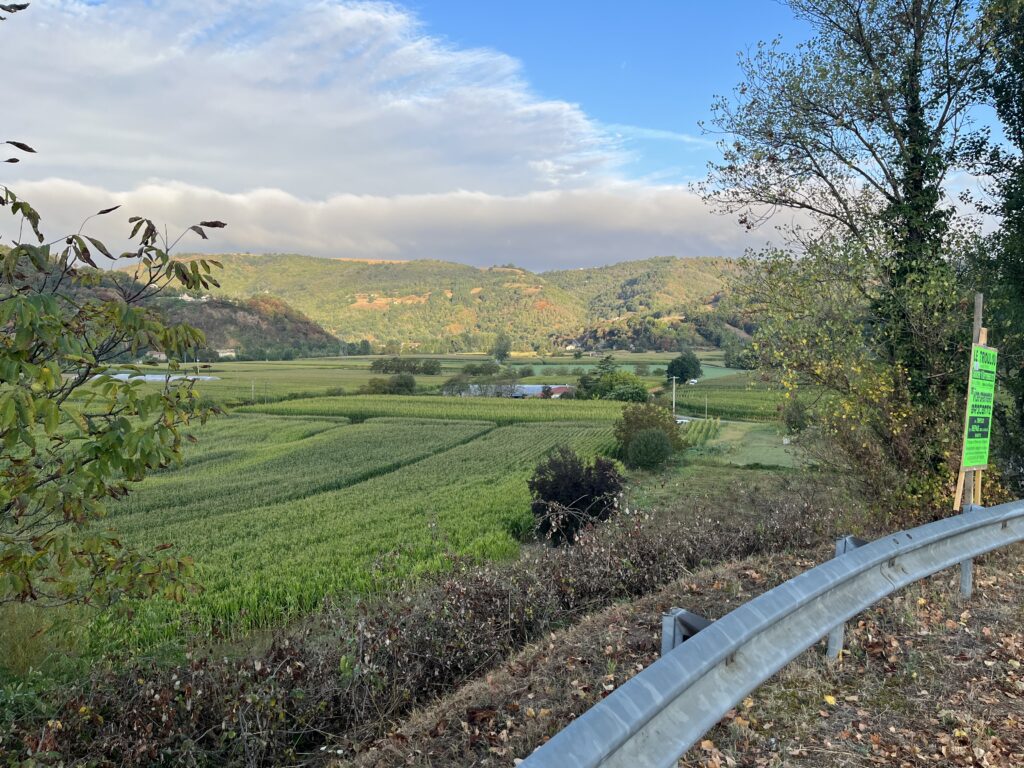


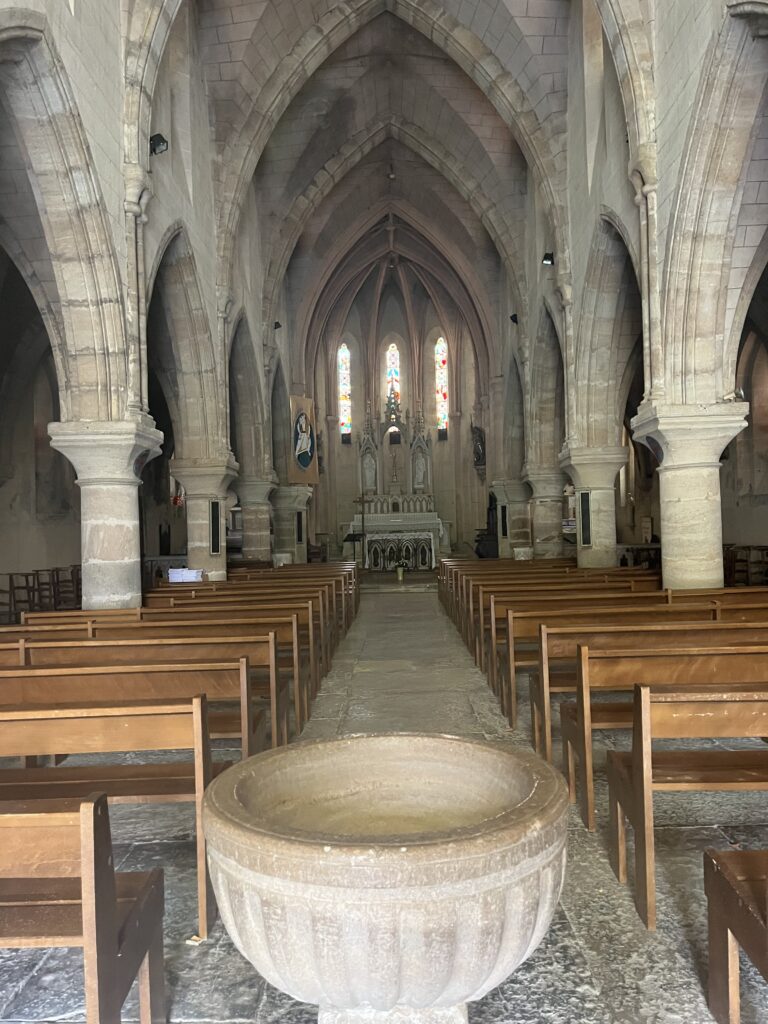


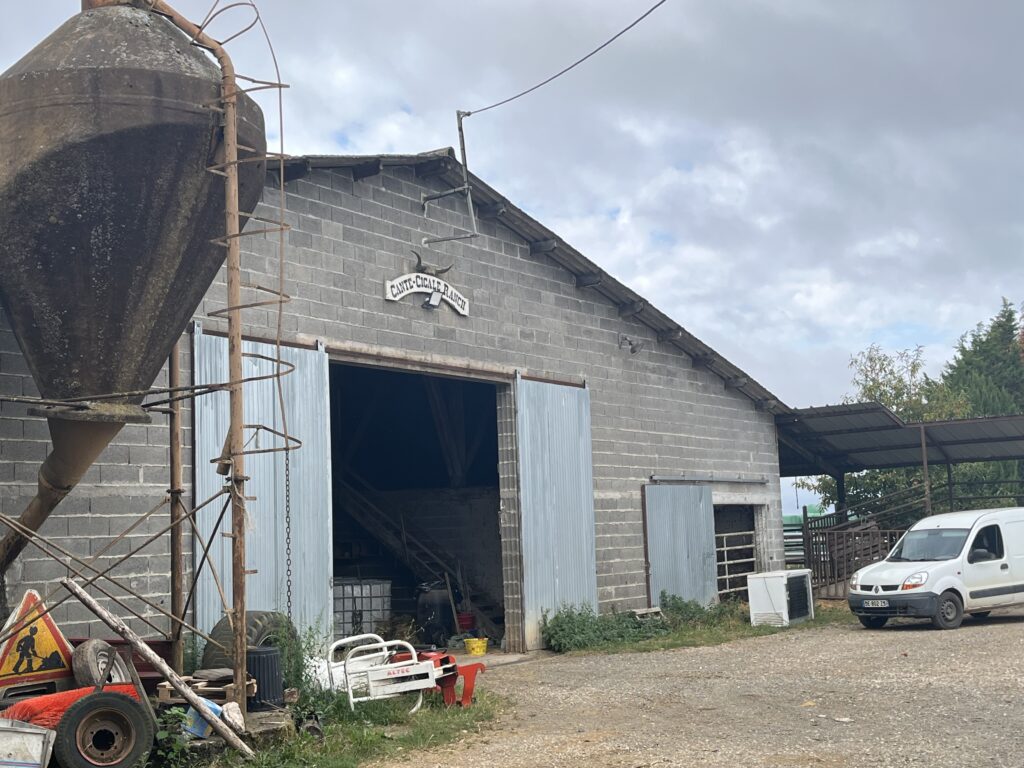
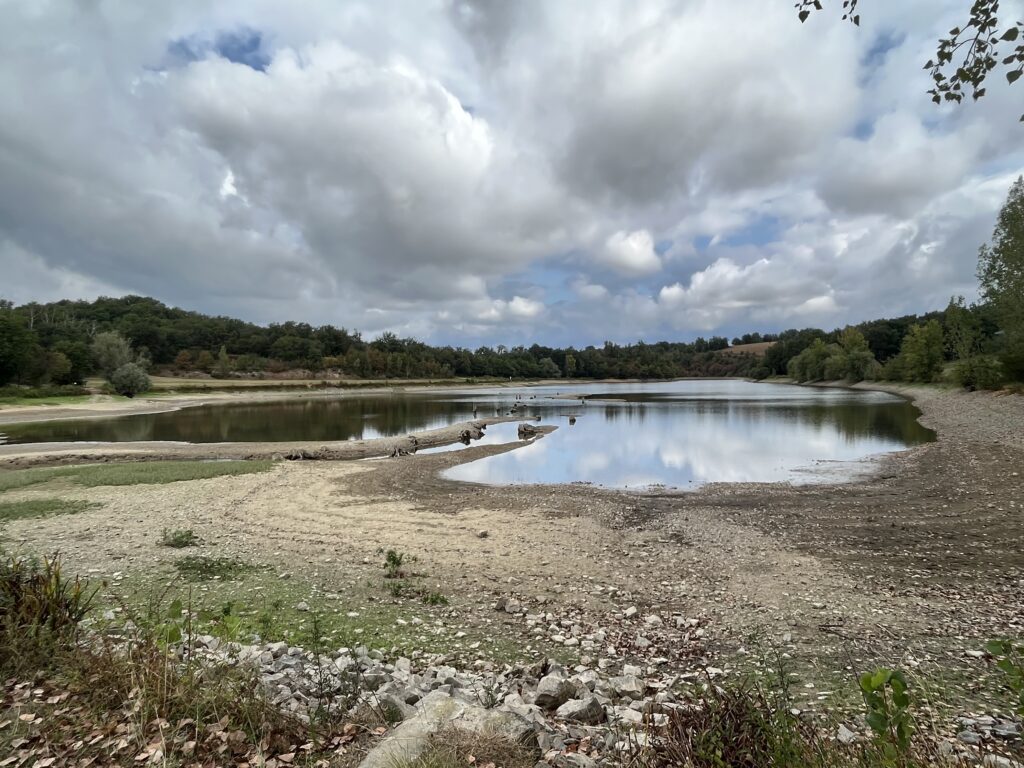

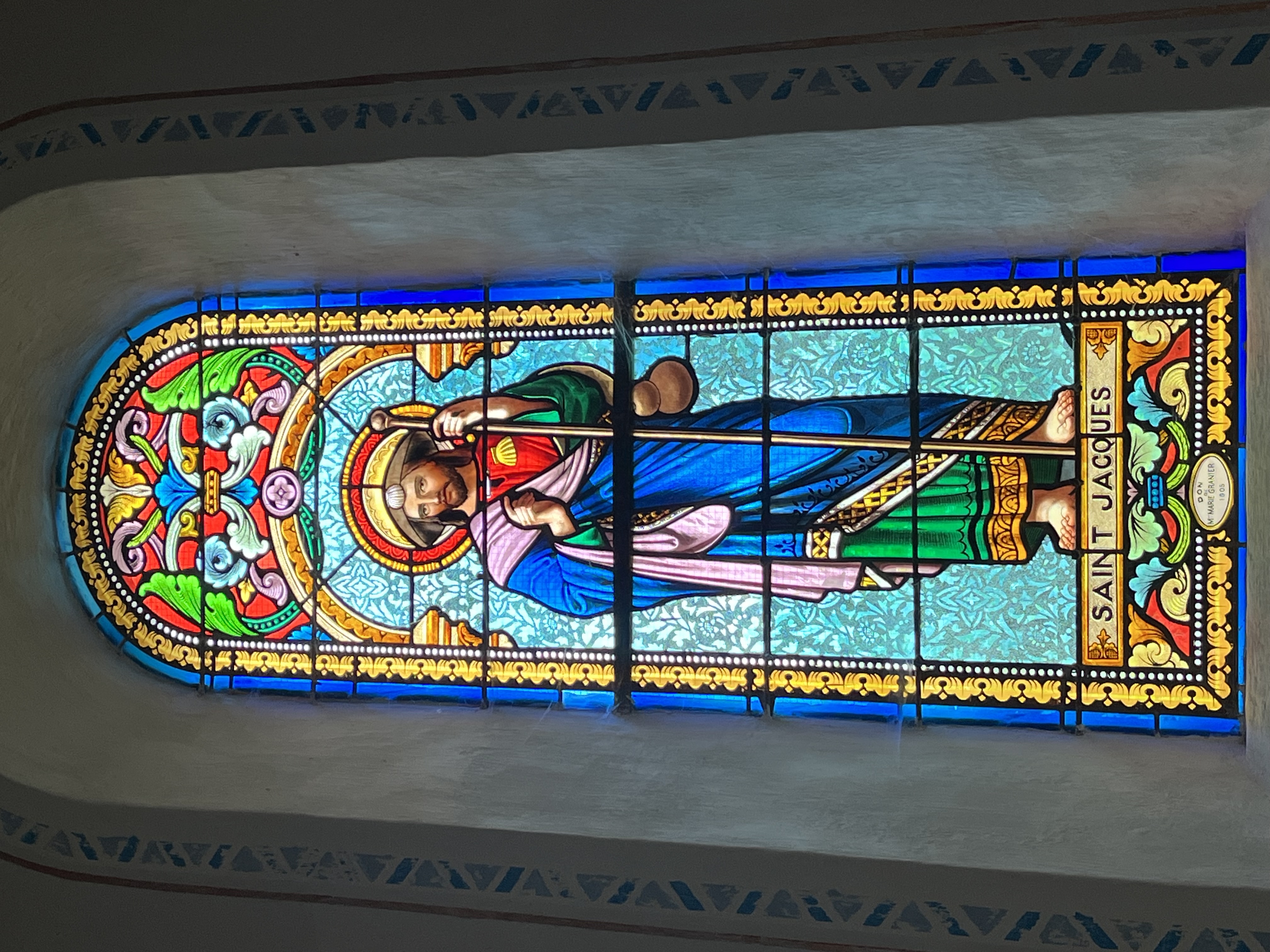




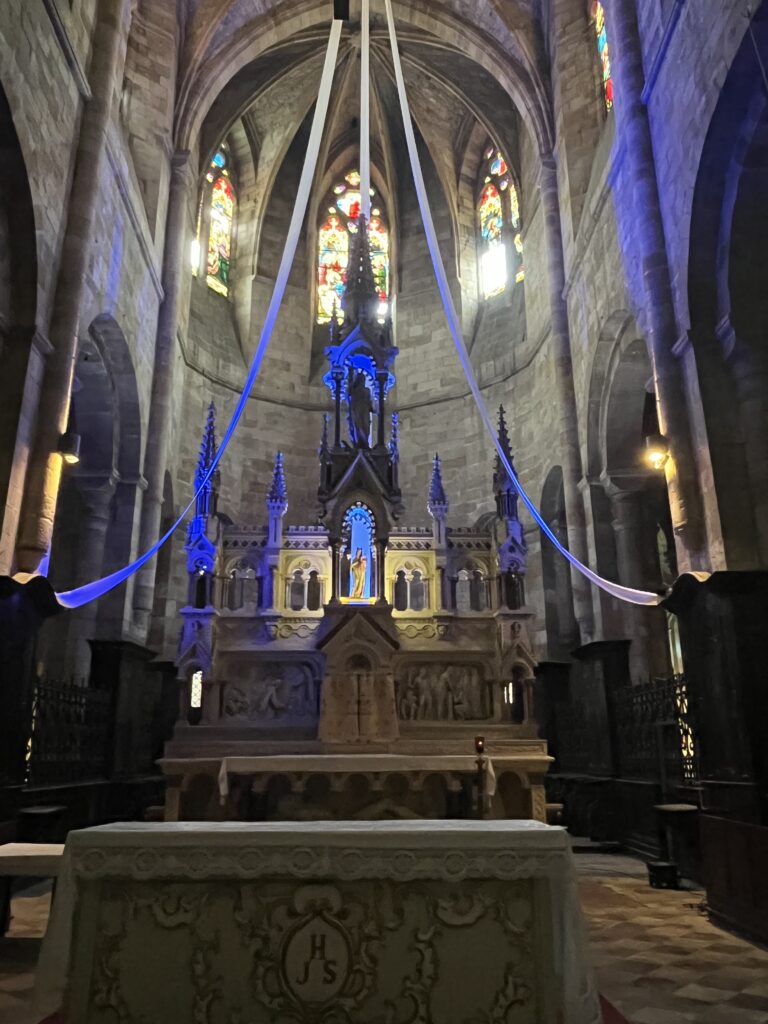


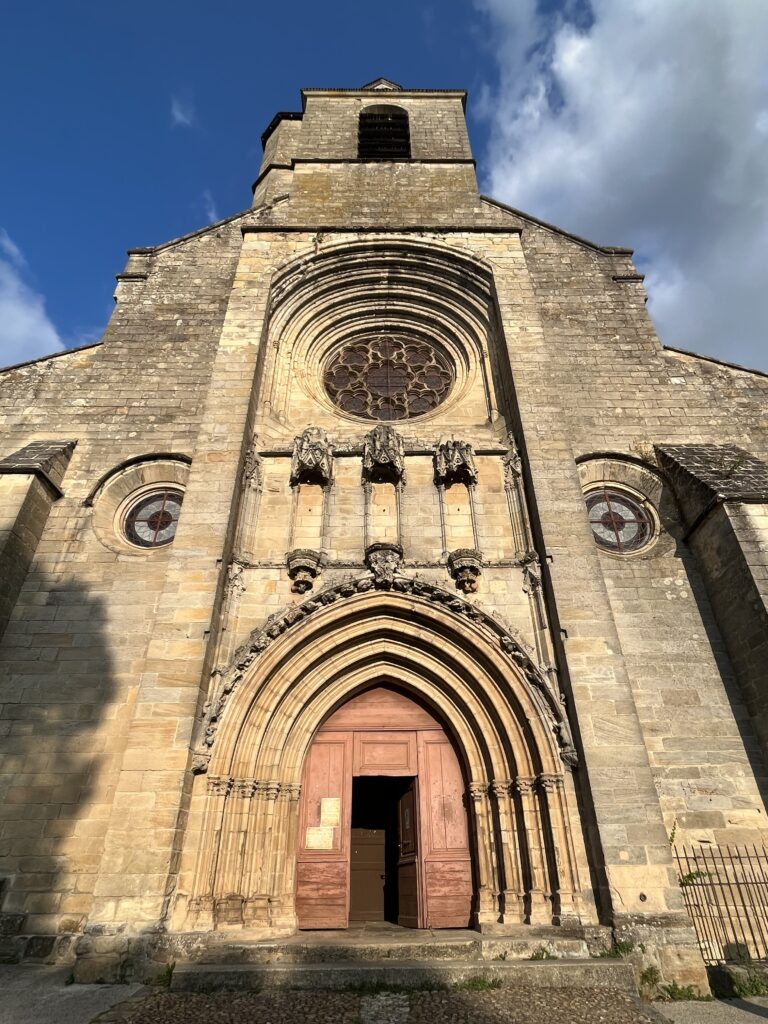

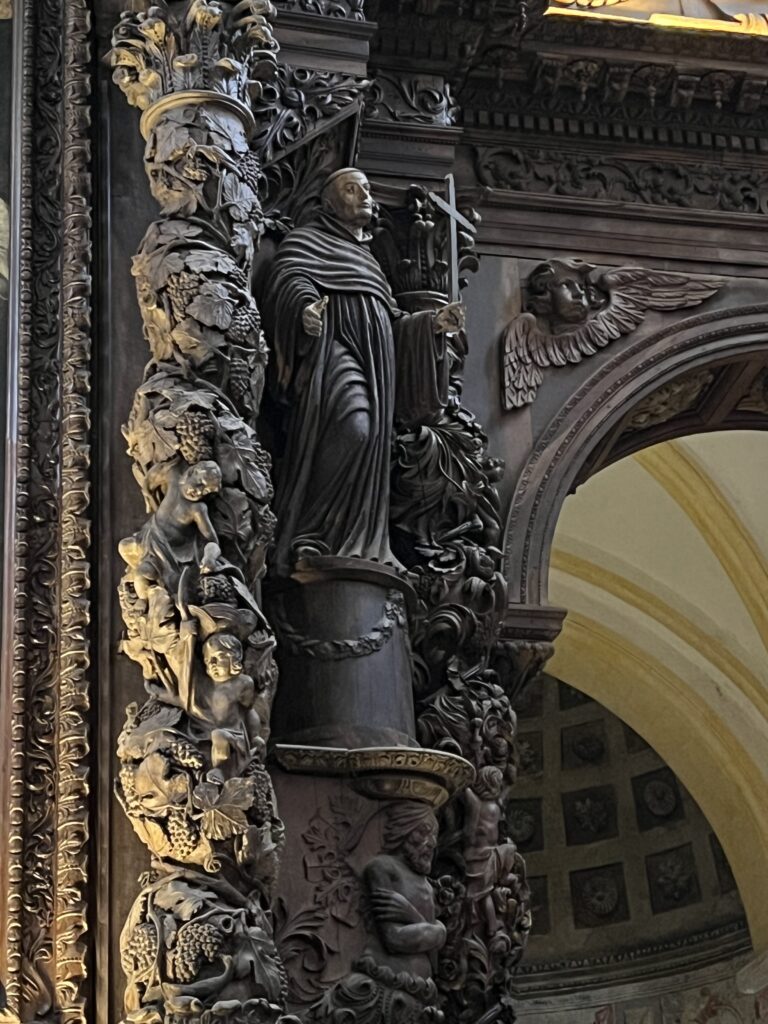



Looks like the Relive upload decided to put Day 8 on every day from Day 6 to this one. The good news is I can probably guide that hike now. ::)
Arrgh! I think they are fixed now.